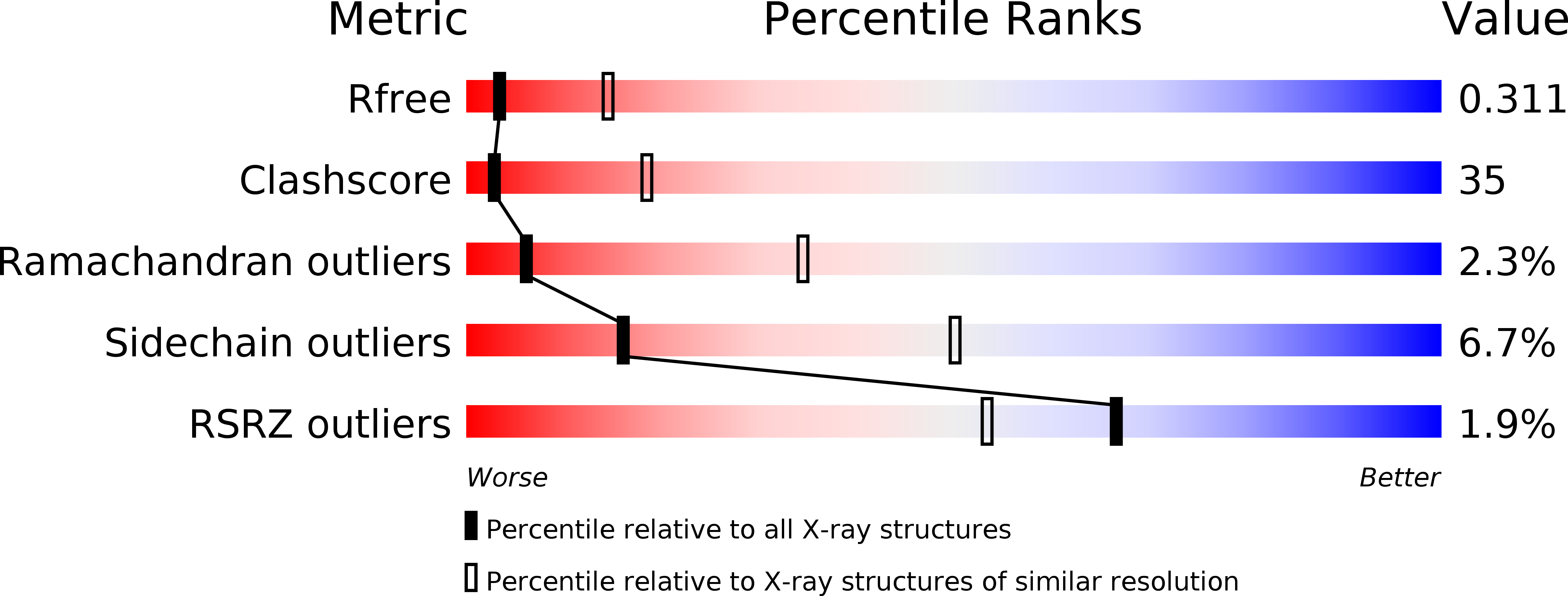
Deposition Date
2006-10-13
Release Date
2006-12-26
Last Version Date
2024-02-21
Entry Detail
Biological Source:
Source Organism:
Influenza A virus (A/Wilson-Smith/1933(H1N1)) (Taxon ID: 381518)
Host Organism:
Method Details:
Experimental Method:
Resolution:
3.20 Å
R-Value Free:
0.31
R-Value Work:
0.27
R-Value Observed:
0.27
Space Group:
C 2 2 21


